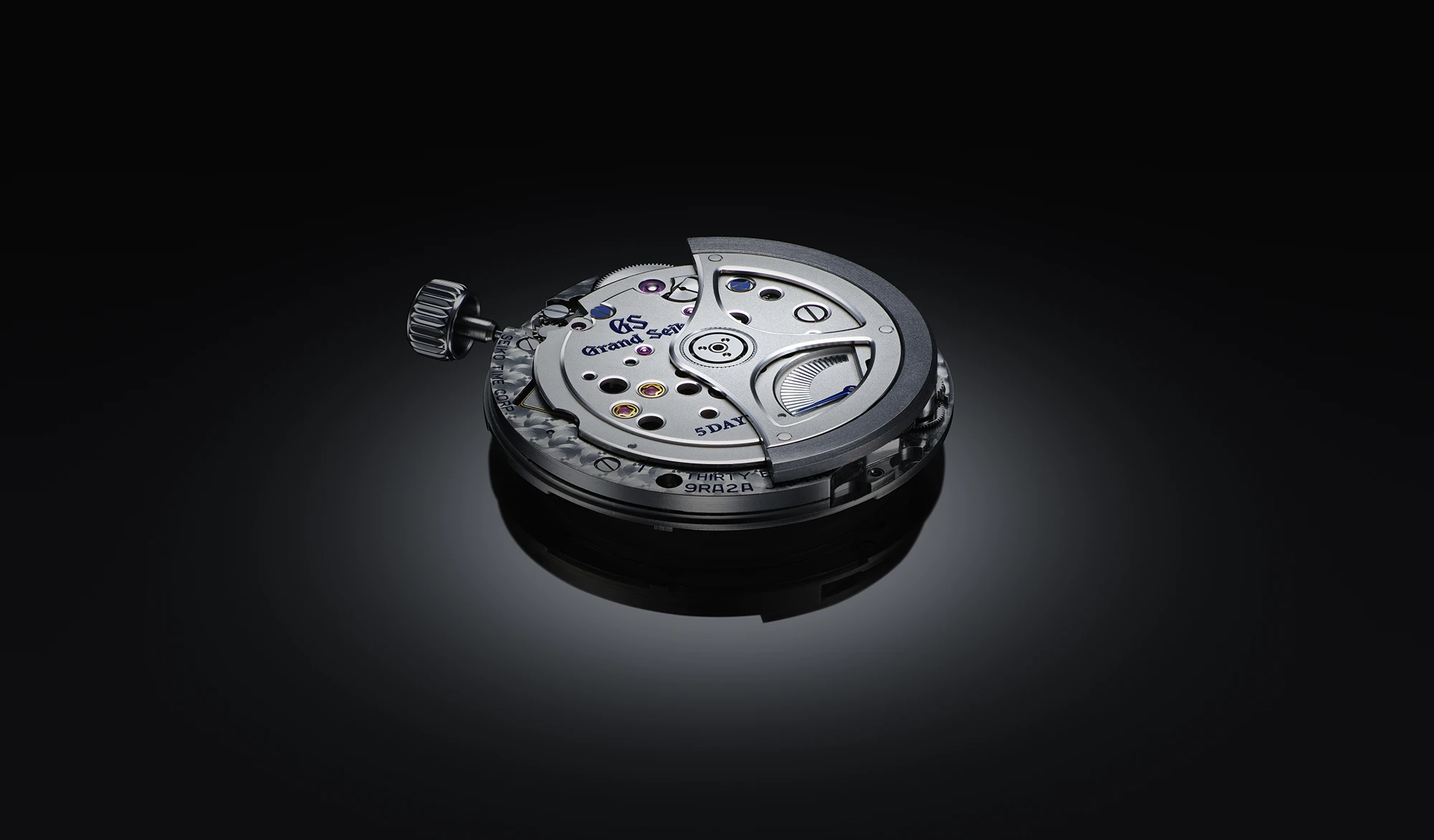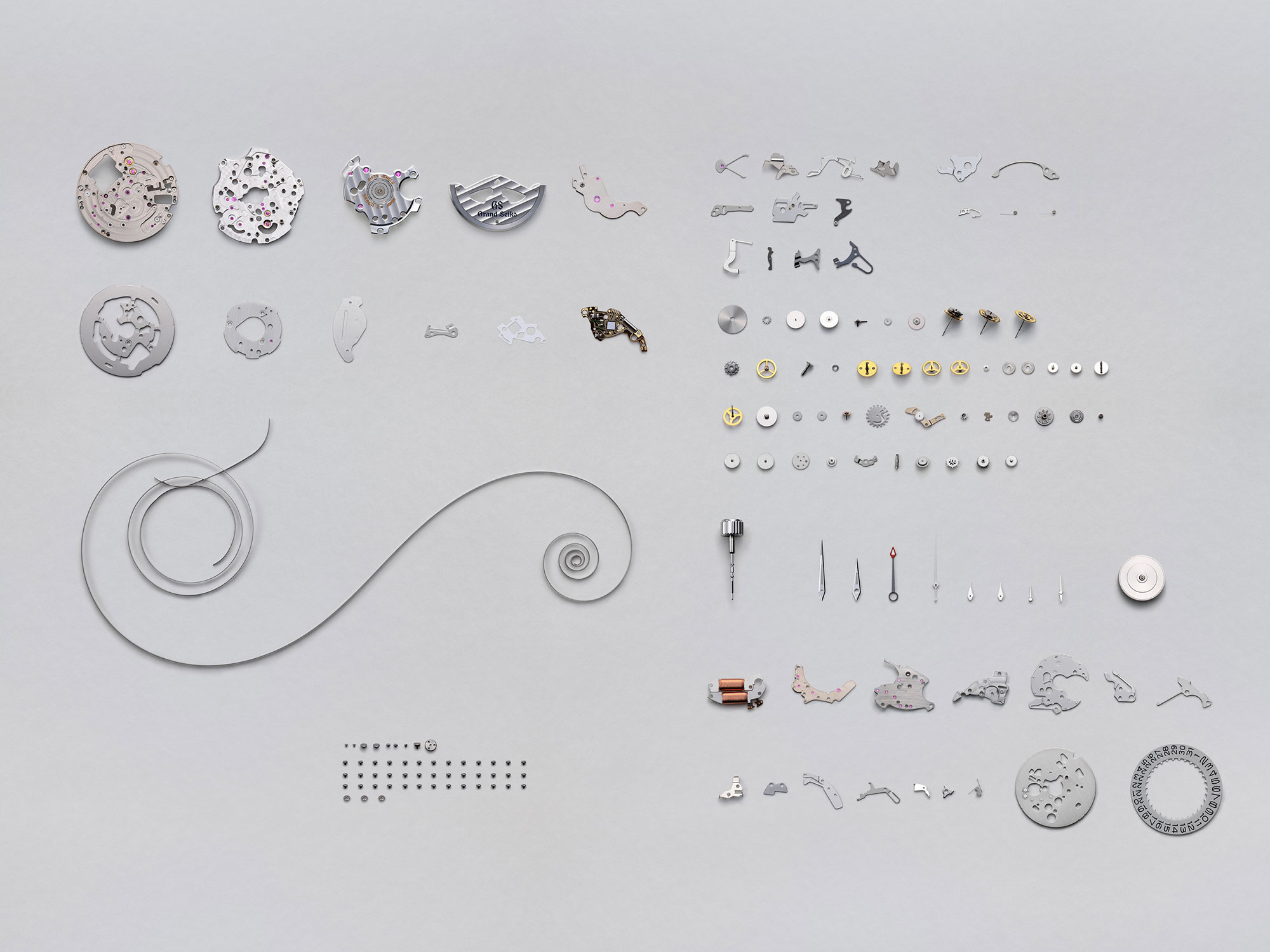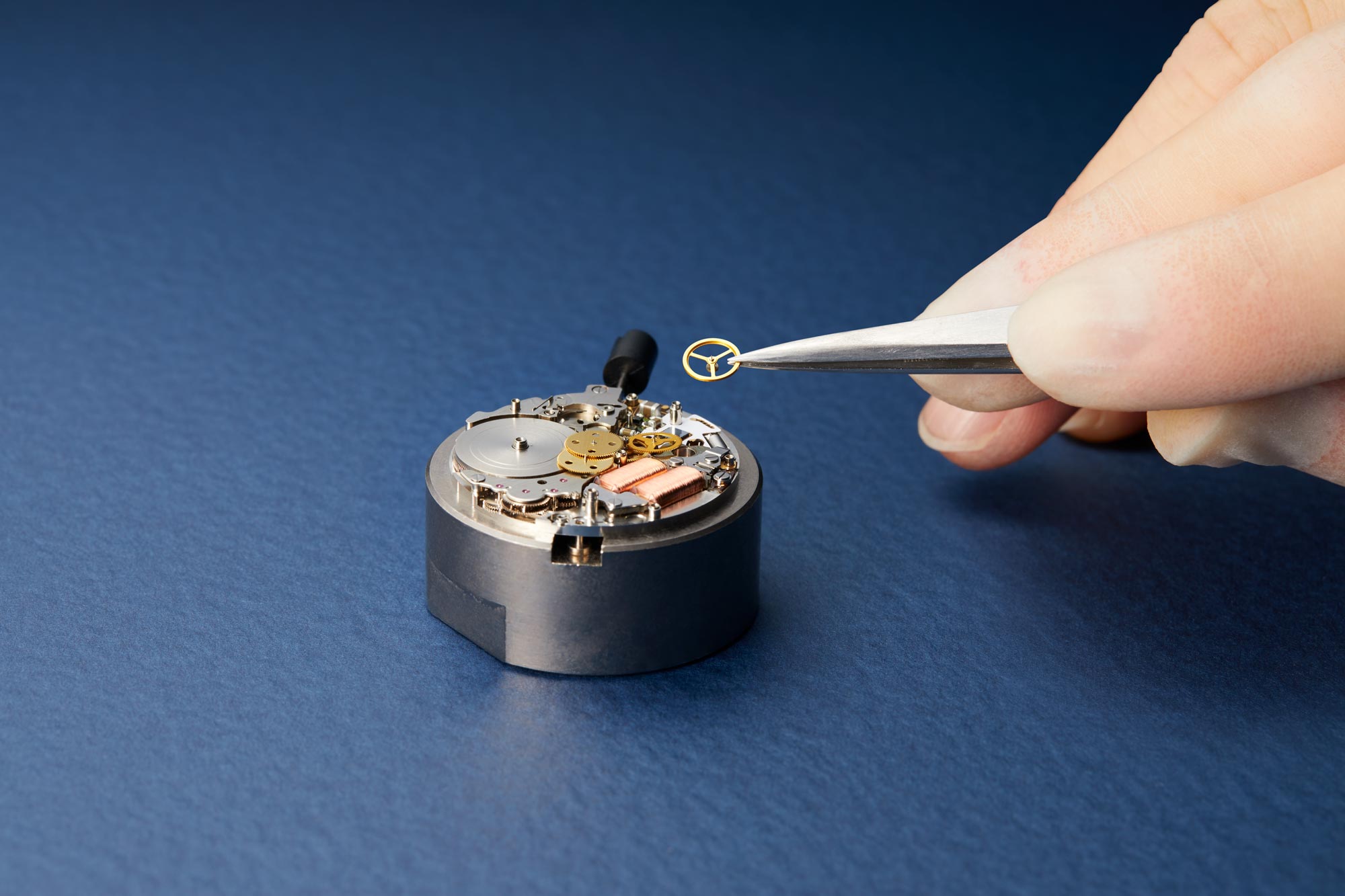
Magnetism has long been an issue in the field of watchmaking, and throughout the years different steps have been taken to deal with magnetic fields impacting performance, from the use of faraday cages to the development of alloys that can better resist magnetism’s effects.
On a fundamental level, several components in a standard mechanical movement can be susceptible to magnetism. Specifically, a magnetised hairspring will wreak havoc on a watch’s ability to keep accurate time. When a hairspring is magnetised, its coils stick together, which will impact the hairspring’s expansion and contraction ultimately reducing the movement’s amplitude. This will significantly effect a watch’s accuracy.
With Spring Drive, the engineers and watchmakers of the Shinshu Watch Studio offer a solution.

Spring Drive is a revolutionary movement and one of Grand Seiko’s defining horological markers. Just like a mechanical watch, Spring Drive utilises torque generated by the unwinding of a mainspring. But in place of a traditional escapement there is the precision control system of an electronic watch that is regulating the accuracy through the use of an integrated circuit and crystal oscillator. Part of this mechanism is a rotor/glide wheel (not to be confused with an oscillating weight), which has a permanent magnet that, through magnetic induction, generates electricity to drive the IC and crystal oscillator, both of which in turn act as a check on the glide wheel by applying and releasing an electromagnetic break.
In short, magnetism itself is a critical component in the functionality of Spring Drive.

Through the use appropriate materials (brass, insulated copper) and adequate shielding, all Spring Drive models are magnetic resistant to 4,800 A/m, which is an ISO Standard adapted by and large across the industry.
Of course, Spring Drive’s biggest advantage over a standard mechanical watch is its lack of a traditional escapement, i.e., no hairspring. Without a hairspring to get magnetised, an owner of a Spring Drive timepiece should not have to worry about accidental exposure to a magnetic field magnetising their movement.
One thing to note is that direct exposure to a strong magnetic field can temporarily lock the mechanism, but this will generally reverse itself after the magnetic source is removed and, in most instances, no further action is required.
